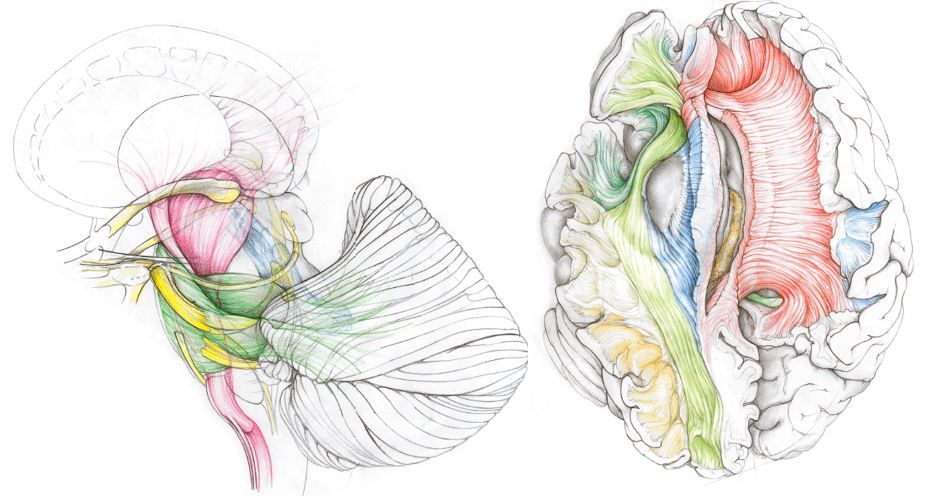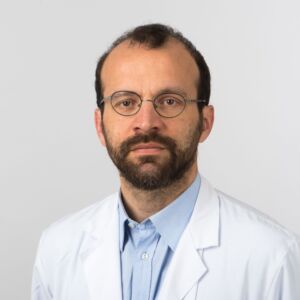Hands-on microneurosurgery and white matter anatomy in brain tumors, epilepsy and AVM: the Zurich School
Registration
Hands-on Participants
max. 14 participants
CHF 1’500.-
CHF 1’300.- SGNC, EANS, SINCH, DGNC, TNS
already fully booked
Observer
max. 20 participants
CHF 200
Register now
Online via Zoom
free of charge
Register now






